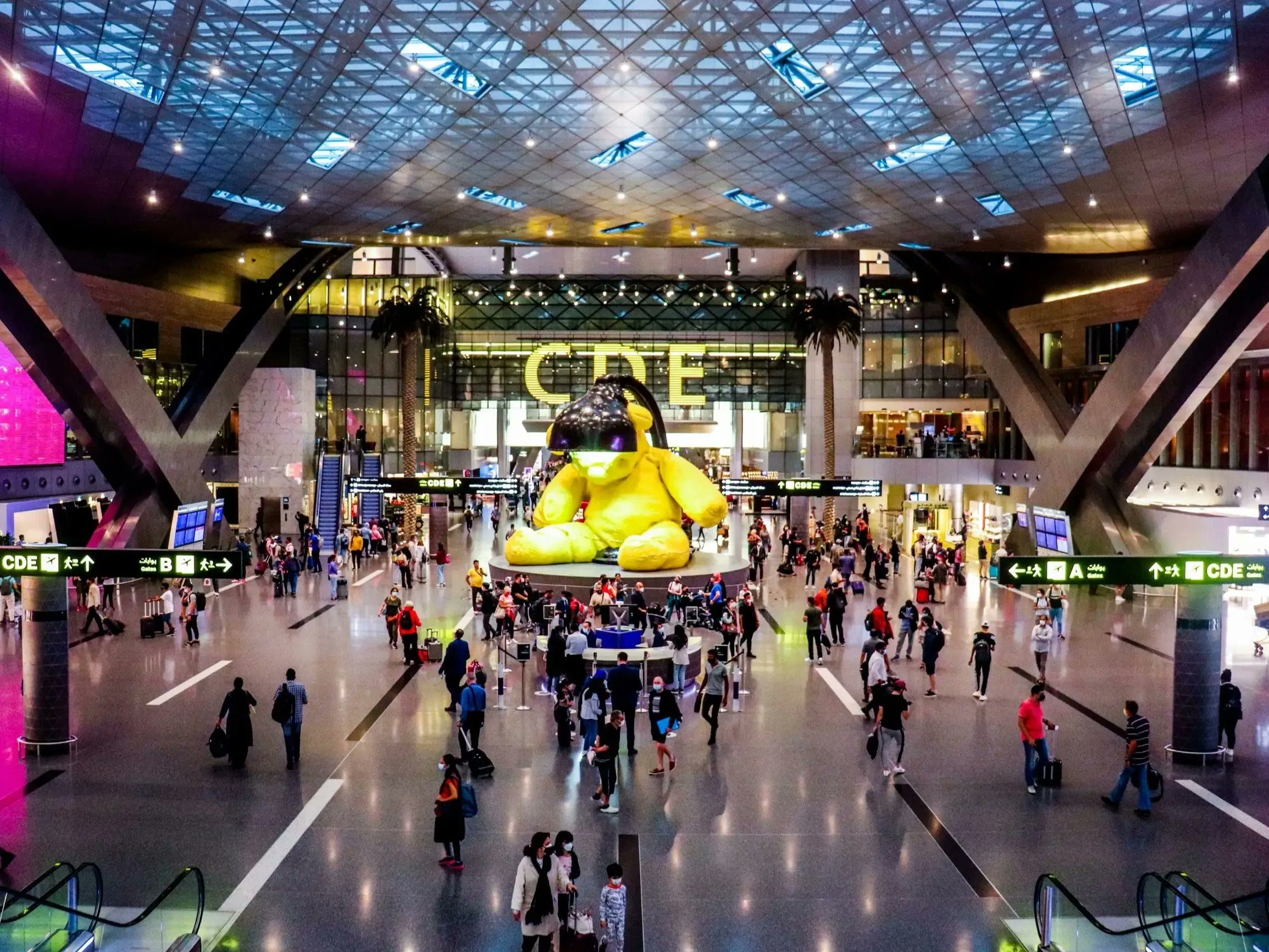
Plan Ahead for a Smooth Journey

Traveling with your beloved pets or service animals can be a fulfilling experience, but it requires careful planning and early communication with your airline. By reaching out well in advance, you can ensure a hassle-free journey for both you and your animal companions. Here’s what you need to know!
Service Animals

In-Cabin Travel
Only service dogs are allowed in the cabin, while other service animals usually must travel as checked baggage. Always check with your airline for specific guidelines.
Check-in Process
- Arrival: Head to the designated check-in area when you arrive at the Departures hall.
- Find Your Row: Use the airport planner or ask an information desk for assistance.
Quick Tips
- Notify Early: Inform your airline about your service animal well in advance.
- Pack Essentials: Bring food, medication, and comfort items for your animal.
- Leash Up: Keep your service animal leashed to ensure a calm environment.
Household Pets

Most pets, like cats and dogs, must travel as checked baggage. Ensure you’re aware of your airline's specific policies regarding pet travel.
Check-in Process
- Designated Area: Arrive at the Departures hall and check in at the designated area for your pet.
Live Animal Facility at Hamad International Airport

If you’re traveling through Hamad International Airport, your pet will benefit from a specialized live animal facility, providing:
- Comfortable Environment: A climate-controlled and secure area.
- Professional Care: Supervised by trained animal handlers who ensure your pet’s well-being during transit.
Collecting Your Pet
After your flight, an airline representative will deliver your pet to you personally. Proceed to Customs for an inspection of your pet’s travel documents.
Quick Tips
- Early Notification: Notify your airline about your pet’s travel arrangements.
- Secure Container: Ensure your pet is in an appropriate, ventilated container with access to food and water.
Falcons

For falcon enthusiasts, some airlines, like Qatar Airways, allow falcons in the passenger cabin (Economy Class), while others may require them to travel as checked baggage.
Check-in Process
Follow the same procedures as with other animals, checking in at your designated area.
Quick Tips
- Notify Early: Inform your airline well in advance about your falcon.
- Hooded: Keep your falcon hooded at all times during the flight to minimize stress.
Traveling with Animals at Hamad International Airport

Hamad International Airport is equipped to accommodate travelers with animals, ensuring a comfortable experience for both pets and their owners:
- Dedicated Facilities: The airport features a specialized live animal facility for pets, designed to provide a secure and climate-controlled environment while they await their flights.
- Trained Personnel: Professional animal handlers are on-site to oversee the care of your pets, ensuring they are safe and comfortable during their stay.
- Easy Navigation: Utilize the airport’s planning tools to locate check-in areas and facilities that cater to your animal’s needs.
By preparing thoroughly and understanding the requirements for traveling with animals, you can ensure a pleasant experience for both you and your companions, particularly at the world-class Hamad International Airport.
Useful Tips for Traveling with Animals

- Research Airline Policies: Confirm specific rules for different types of animals.
- Gather Documentation: Have all necessary health certificates and vaccination records ready.
- Plan for Comfort: Pack essentials like food, water, and comfort items.
- Visit the Veterinarian: Ensure your pet is healthy and fit for travel.
- Familiarize Your Pet with Travel: Take short trips to acclimate them.
- Arrive Early: Allow enough time for check-in and security.
- Use a Secure Carrier: Ensure it meets airline specifications.
- Stay Calm: Your demeanor can help ease your pet’s anxiety.
- Hydration: Keep your pet hydrated, especially on long flights.
- Know Arrival Procedures: Be aware of customs and collection processes.
Safe travels!

.jpg)









.jpg)

.jpg)
.jpg)










.jpg)



















.jpg)







.png)